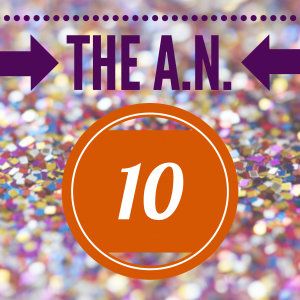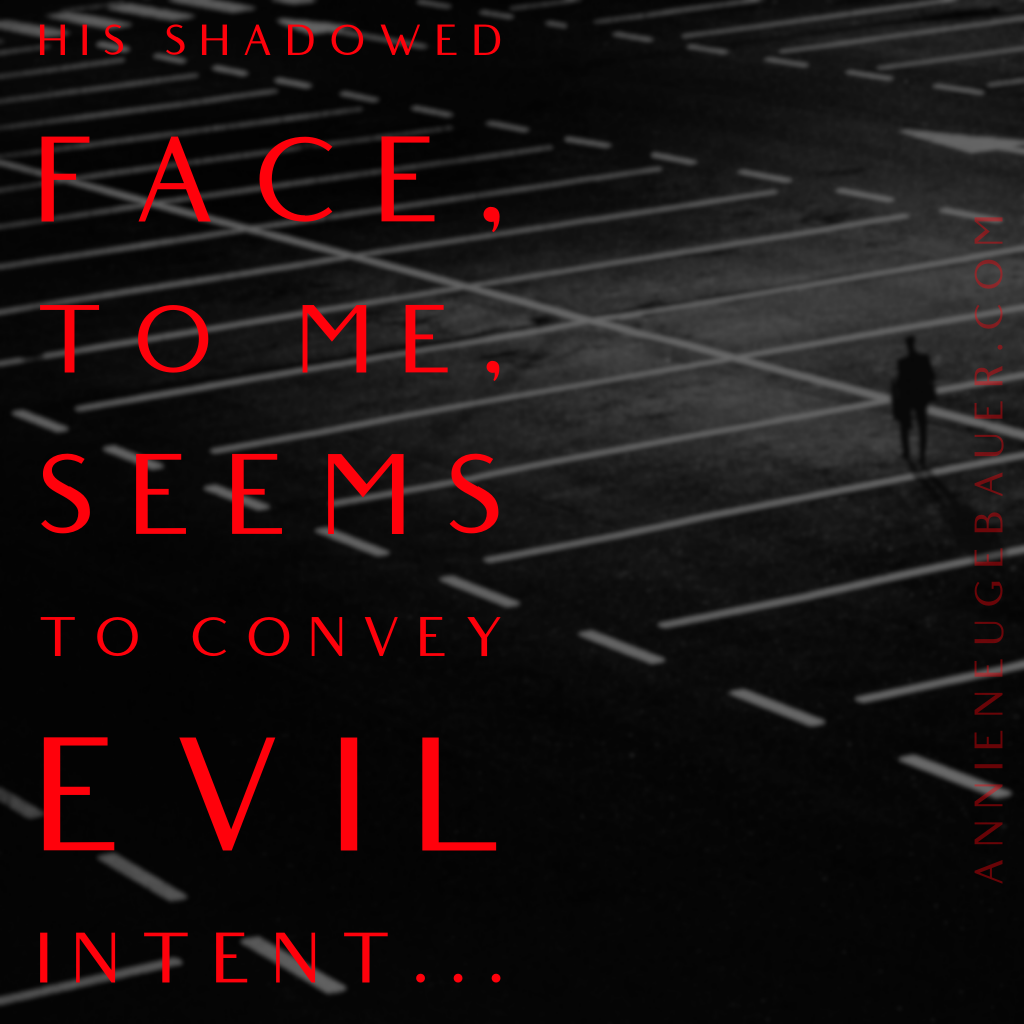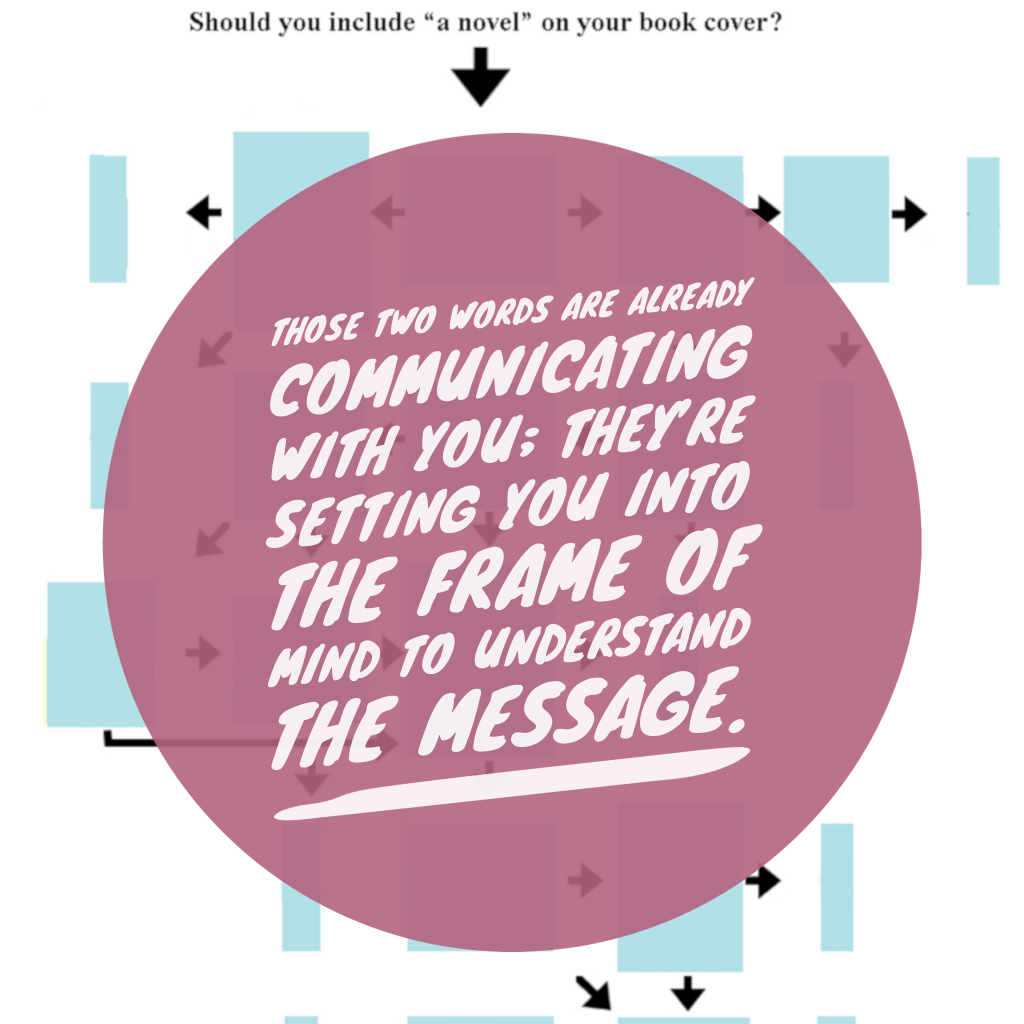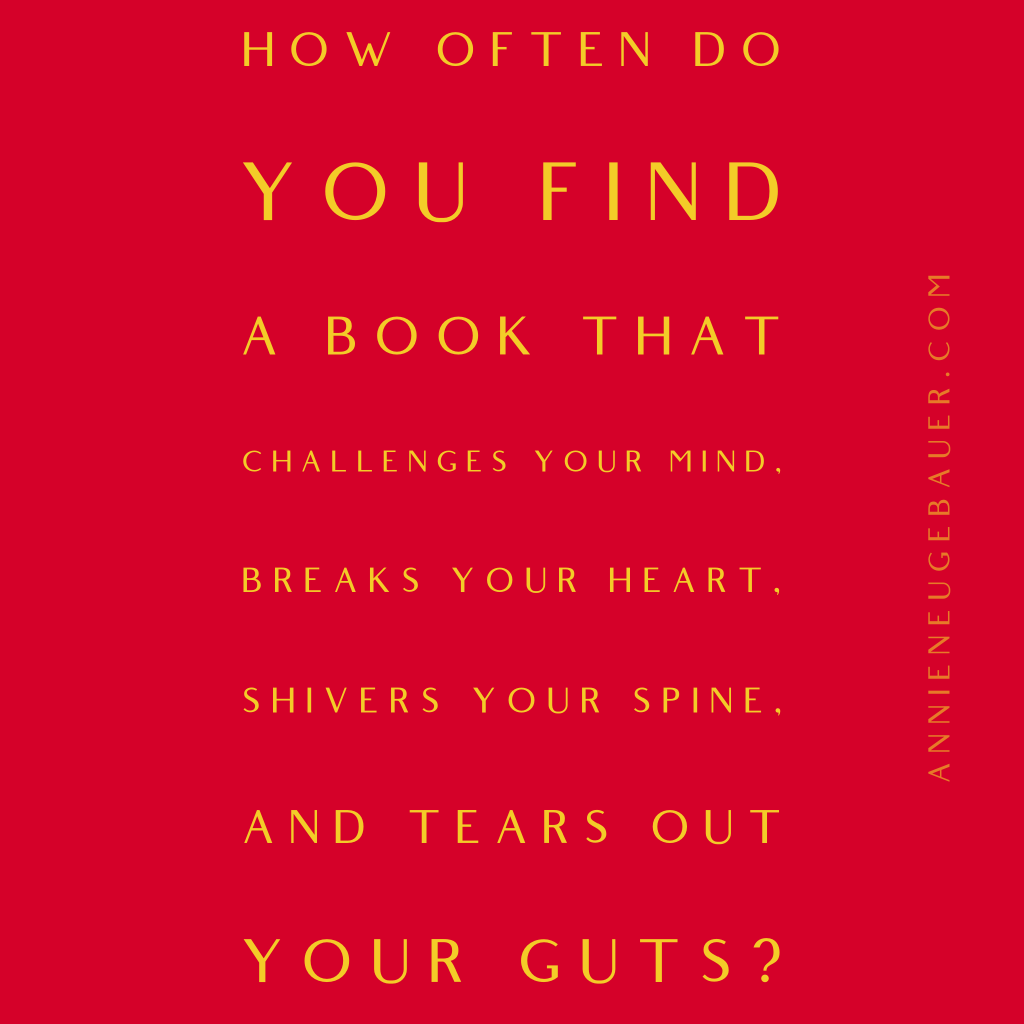We interrupt this regularly scheduled programming to bring you an important announcement…
You have only one week (or less!) left to sign up for my brand new LitReactor course Write the Pitch Before You Draft. You guys, I am SO excited to teach this class. Truly. I love teaching. I love writers. And I love this method for planning a novel. I figured it out years ago and use it every single time I write a new book. It saves me time, heartache, and beaucoups revisions. And now I’m going to show you how too.
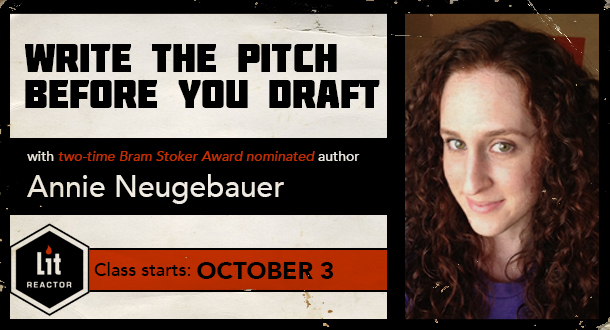
Let’s back up. What is it? It’s a four-week online class that I’m teaching at LitReactor.com that will help writers who are planning to write a novel. It starts October 3. It’s for all levels of writers, first novel or twentieth. You can use it at any stage of your process, including revisions, but this course is designed for people who have some early ideas about what they want their book to be but haven’t figured it all out yet, or at least haven’t gotten far into the drafting process. (Started and stuck is fine!) It’s not another plotting method; it’s compatible with any method you already love or even with pantsing (no method). It’s larger than that. I call it master planning.
The essential idea is to write your pitch (query letter, editorial pitch, or back cover copy/blurb) before you write your book itself. I’ll teach you in class what the important components of a good pitch are, because it turns out that those components are the same ones that make a solid, salable novel too. I’ll walk you through step by step about what you need, how to use what you have to fill in what’s missing, how to position the components for maximum payoff, and how to avoid the most common pitfalls. It saves you serious time during revisions to do your legwork up front. And a crazy cool bonus is that once you’ve created this master plan to write from, you’ve also finished your pitch itself. You’ll leave this class with a complete, polished pitch that will be ready to go once your book is done.
Four weeks. Four online lectures. Four assignments—and four bonus assignments. Challenges to help you grow as a writer. Hard work. A forum of other writers to help and get help from. Personal feedback from me, plus answers to all the questions you need to ask. A solid pathway to start your next WIP, whether that be this November for NaNoWriMo or next year. And a pitch to send it off with.
I truly believe that if you put in the time to master this method, you’ll never go back to skipping the planning. I haven’t.
Are you ready? Check out specifics including a detailed course plan, pricing, and more at LitReactor.com. Questions about the class itself? Hit me up here in the comments, email, or message LitReactor directly.
I’d love to see you in class this October! Please share with your writing friends. ♥
Now back to our regularly scheduled programming. 😊
Share this:
